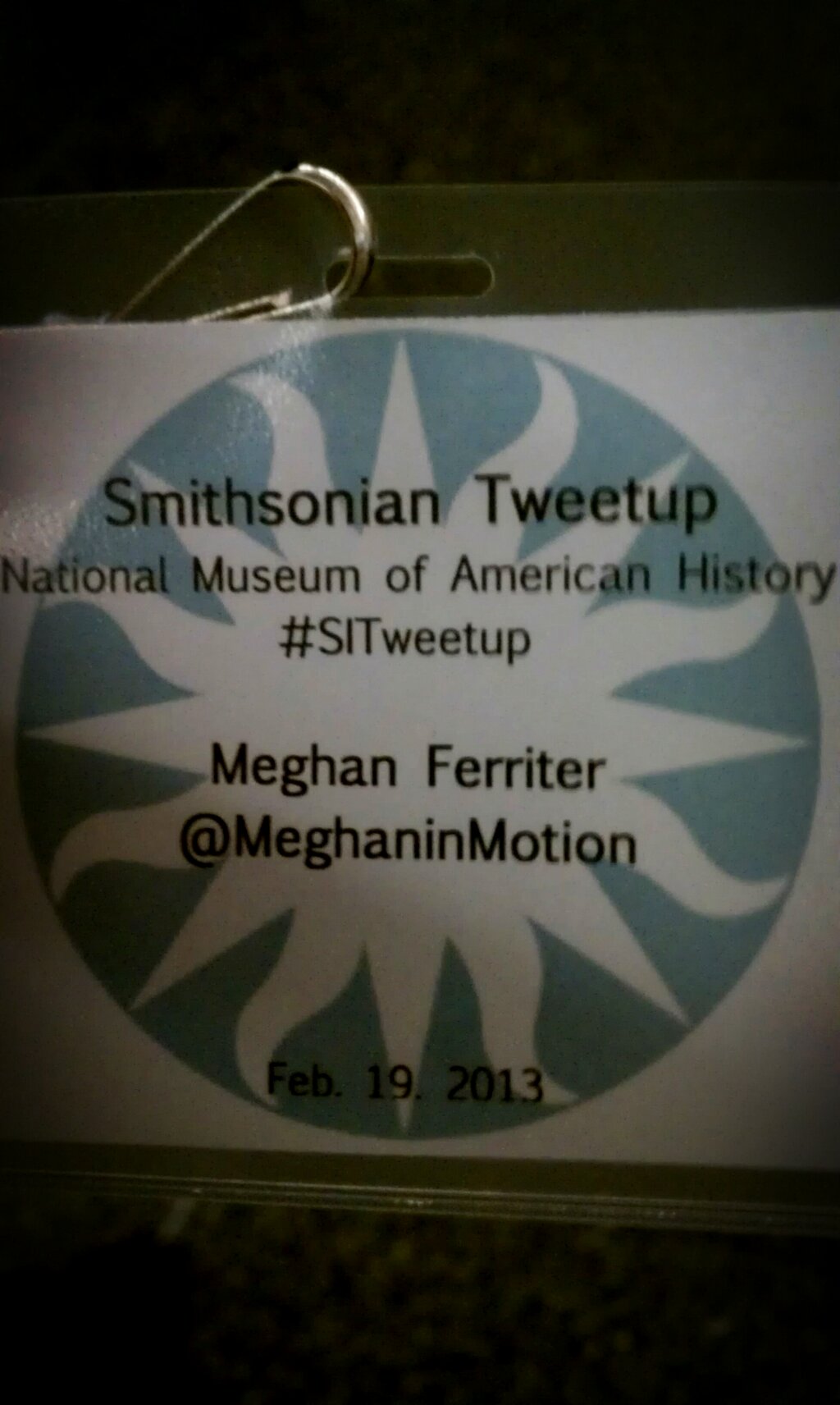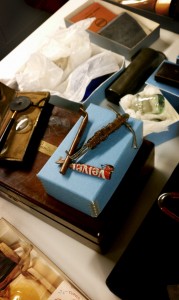Category: Smithsonian
Researching the Invisible

Research can present some interesting challenges – and many times those challenges become unanticipated opportunities…
Early into my phase I doctoral work, I slumped into a chair in my supervisor’s corner office overlooking Glasgow’s West End. I’d been exploring sports marketing campaigns and anticipating clearly identifiable stereotypes, or more specifically: racialized and gendered representations. When I “read” the material critically, these relationships were there. Yet, specific examples seemed difficult to pin down – as though some of what I’d remembered from previous views and initial readings of these advertising campaigns was never there in the first place. Even worse, it was difficult to tell if there were any campaigns related to women athletes at all.
My then-supervisor offered rare soothing and sage words: “…sometimes what’s not there is just as important—if not more so—than what IS there.” Although I knew that many materials and social relationships are erased from historical accounts, I had not considered exploring the process in relation to how marketing narratives obscure social relationships. More importantly though, I had not seen the opportunities to explore data “in the negative.”
Suddenly, I could see a much wider and more detailed field! In considering what was not there, decision-making and social hierarchies leaped off the pages and video over which I had been poring. Thinking critically and carefully about research data offers opportunities to assess explicit and implicit social patterns.
Recognizing the opportunities inherent in researching challenges: tracking the ghosts of social relationships
Yesterday, my boss demonstrated the ways SIA digitized collections offer insights into what I’d like to call “invisible social relationships”. For example, researchers—such as those whose notebooks are included in the Field Book project—may have detailed their scientific progress in identifying species and practices conducting research in the field in certain geographic regions. Yet, these field books might not specifically speak to daily or repeating patterns, such as social relationships established between the researchers and local and state political figures in these regions.
If one reads merely the available written text, that is, he or she risks obscuring part of the story; this narrative gap becomes clear, for example, once a corresponding set of data is included: such as images of events a scientist attended. In photographic evidence and media coverage of these events, invisible social relationships that relate to the research practices begin to emerge. These could be benefactors or benefitters from research, or cultural or political allies who are unaffiliated with the research interests of the researcher, or even conspicuous absences even in the photographic material that can tell us more about the invisible social relationships and exchanges. That is to say, the research itself may have had official and unofficial agenda, so the official agenda would be demonstrated in field book records, but secondary, unofficial agenda might be “in the negative” or only determined through several steps of inference. Current researchers might be able to better capture this information and analyze these relationships, if these researchers were able to stay aware and anticipate the opportunities they might come across while doing related subject matter research in archival data.
Invisible social relationships online
Researching in the digital space offers similar challenges with benefits. Within my current research into communication within a sports fandom online, relationships are built in virtual space but they are also obscured within this space. It can be difficult to track “correspondence” between users, especially as communications may be deleted or altered. Careful observation of posts and communication via notes and tags can tell the story of much richer and more complex social relationships – patterns emerging out of what IS said that allow one to identify what is not said to highlight social relationships in the digital space.
Additionally, Invisible social relationships become apparent as one explores patterns of communication within certain virtual spaces, even when there may not be direct communication. Indeed, a second level of invisible social relationships is sometimes proposed by members of the fandom – relationships demonstrated through lack of communication, such as “silence on the line” on twitter or indirect recognition (not mentioning person A but mentioning person B with whom person A spends a great deal of time, etc).
Can you think of an example of people you know IRL (in real life), who know each other, yet whose social relationships might not be discernible from their communication strategies on-line? In what ways could future researchers trace your life and invisible social relationships that are not foregrounded in your own use of digital/social media tools and technologies? What kinds of opportunities might emerge from the challenges you have encountered if/when/in researching on- and off-line?
Image credit to: Keith Edkins [CC-BY-SA-2.0 (http://creativecommons.org/licenses/by-sa/2.0)] (via Wikimedia Commons)
SITweetUp: Behind the Scenes at the American History Museum

This afternoon I was privileged to join a small group invited behind the scenes at the Smithsonian National Museum of American History. We were led behind the scenes and into the archives for talks by Dr. Larry Bird (not that one) and Dr. Katherine Ott. The insight these two curators provided was spectacular – and suggested a lot about the ways we build into and around material culture and construct knowledge through even classifying objects.
The passion Drs. Bird and Ott displayed as they discussed their collections was remarkable. Each wove their enthusiasm into the discussion of the items they shared with us; offering deeper stories than the provenance — not providence as I accidentally tweeted earlier! — and moved forward our group understand of the links between material culture and the purposes of objects.
Specifically, I was struck by the ways in which Drs. Bird and Ott drew in the stories of ownership and donation – or those who used and/or held these items in their collections. In both talks, it was emphasized that these were not merely objects with vague historical significance; rather these items were traces of people. These may even be, in some cases, people who have been forgotten–yet their past and even routines and interests are revealed through these objects.

Dr. Bird also reminded us that “it’s not the size of the thing, but the memory it calls up”; that significance in material culture is made through wider webs of knowledge about events. Similarly, Dr. Ott presented pieces of medical history that demonstrated moves toward the medicalization of the body. These were moments in cultural history in which social pressures and medical know-how combined to aid the disciplining of bodies through “fixes.”
Additionally, as a combination of fieldwork and fun, this afternoon gave me the chance to consider techniques for user engagement at the institutional level. By creating an implicit expectation of our participation in “livetweeting”, the event was framed in such a way as to make it easy for us to participate; telling our networks about our observations and experiences at the NMAH as we moved from and around “relics” and “weird souvenirs”. Remarkably, we had several Tweeps following our liveblogging and interrelated discussions, demonstrating the reach of even local events if framed correctly and participants are adequately encouraged. The interrelatedness of discussions was established through use of the categorizing hashtag. It appears as though we each told our individual stories relating to our particular interests, yet referenced and retweeted each other – thus creating a more resilient web of knowledge.
Perhaps I should say that I speculate this was the case – it remains to be seen in what ways this information is categorized and revisited by others. In any case, I’m grateful that I had the chance to attend the #SITweetup and for the behind-the-scenes views of collections at the National Museum of American History — and I’ll look forward to engaging people and online knowledge repositories in similarly creative ways in the upcoming months.
